Advanced Search
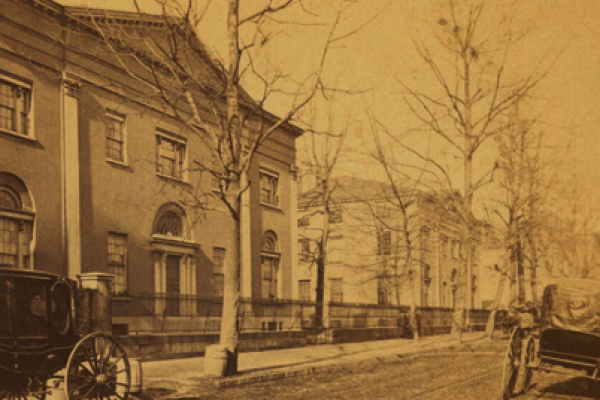
The Wistar and Horner Anatomical Museum collection was stored in the University of Pennsylvania’s Medical Hall in the central city until the construction of the new Medical Hall (later Logan Hall, now Claudia Cohen Hall) in 1873 in West Philadelphia.
Commissioned by Samuel Harrison and built by Samuel Sloan in 1856, Hamilton Terrace occupied the block on the west side of 41st St. between Baltimore and Chester avenues.
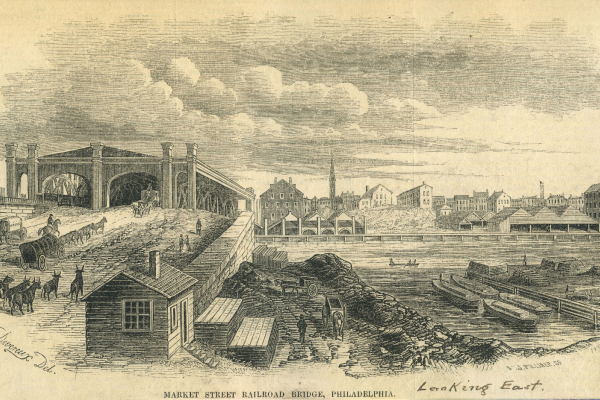
This view, looking east, shows the expanded permanent bridge at Market (formerly High) Street in the mid-19th century. The bridge was a combination railroad bridge and passageway for pedestrian and animal traffic. Here a man on horseback is driving his cattle up the ramp of the bridge.
The Consolidation Act of 1854 designated Philadelphia County’s land west of the Schuylkill as the 24th Ward. Future population increases would necessitate a division of this large area into West and Southwest Philadelphia. The area the City Planning Commission has designated as West Philadelphia would ultimately be divided into the 24th, 27th, and 34th wards.

The Commonwealth of Pennsylvania’s Consolidation Act of 1854 unified the City and County of Philadelphia. Blockley Township, a major focus of the consolidation, was hereafter identified as West Philadelphia.
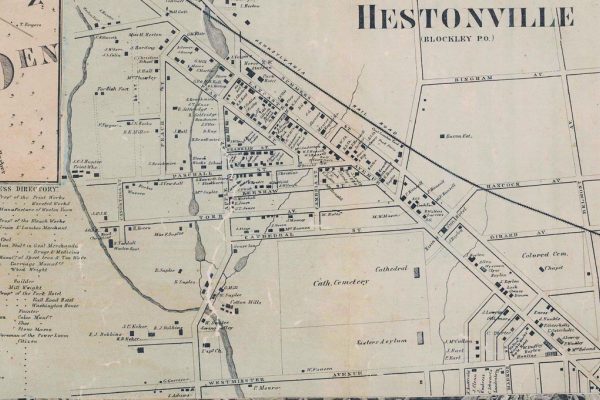
Hestonville at the time of the Civil War, showing considerable growth over the previous decade.
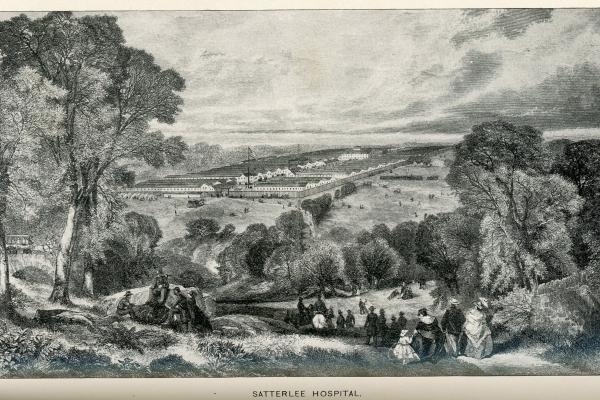
This drawing of Satterlee General Hospital shows the facility on the upward slope above Mill Creek. The view is toward the west. Strollers are shown in the right foreground. The left foreground reveals an omnibus on a bridge over Mill Creek.
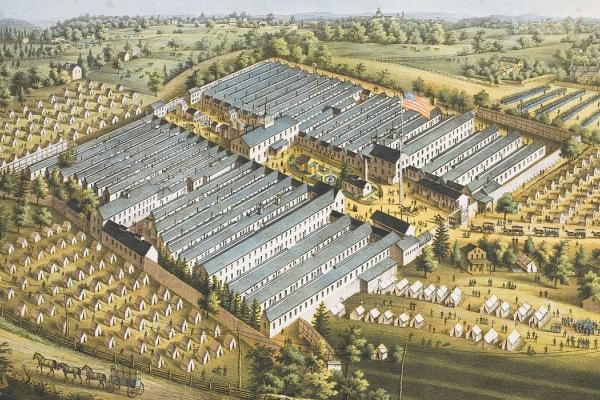
Satterlee General Hospital opened 19 June 1862 in the area of 44th St. & Baltimore Ave. This hospital first accommodated soldiers wounded at the battles of Wilderness and Spotsylvania. Satterlee surgeons and nurses later treated Union and Confederate soldiers wounded at the Battle of Gettysburg, 1–3 July 1863.
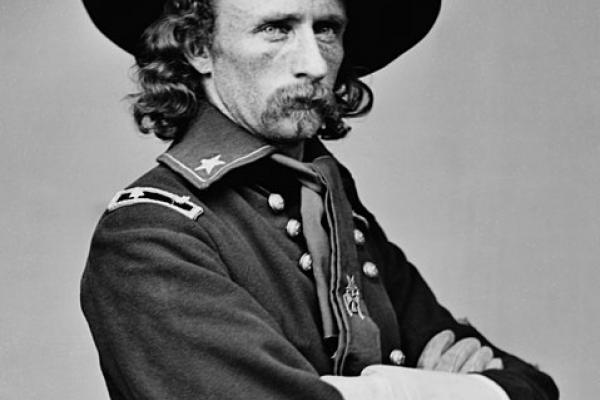
A breveted major general on the Union side in the Civil War, George Armstrong Custer achieved notoriety as an “Indian fighter” in the American Indian Wars of the 1860s and 1870s. “General” Custer was a lieutenant colonel in the post-Civil War Regular Army and a regimental cavalry commander. His ill-timed death at the Battle of the Little Bighorn on 25 June 1876 scuttled his plan to arrive at the Centennial Exposition as the conquering hero of the Great Plains.
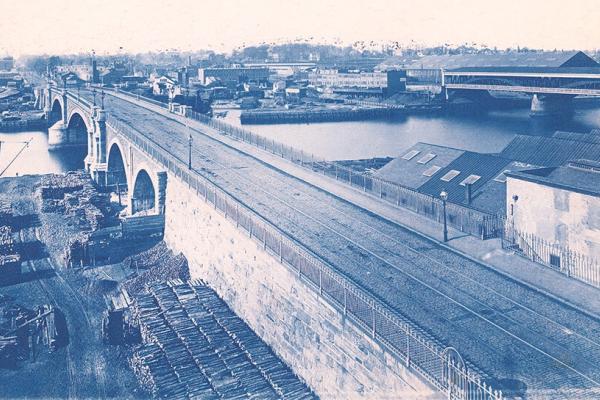
This bridge opened in 1866. It improved the central city’s access to heavy industry on the Schuylkill’s west bank. The view is east toward the central city. At bottom left, a lumber yard stands on the future site of the U.S. Post Office at 30th St. At right is the Permanent Market St. Bridge.
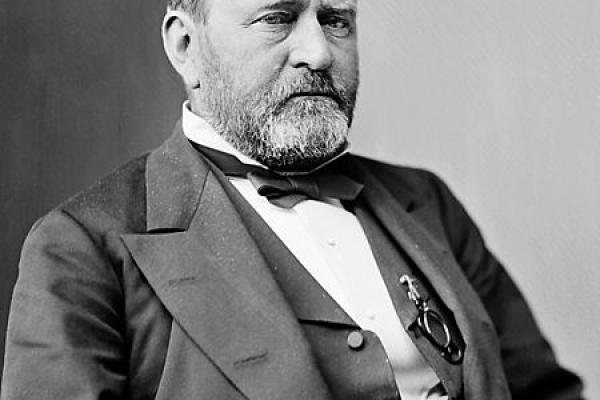
President of the United States from 1869 to 1877, Ulysses S. Grant attended the opening ceremonies of the Centennial Exposition. Grant’s administration enforced Congressional Reconstruction in the postbellum South. Ironically for Grant, the 1876 Centennial was the last hurrah for Reconstruction. The limited representation of black people at the Centennial Exposition and the stereotypic treatment accorded black people at the fair were bellwethers of post-Reconstruction racial politics South and North.
